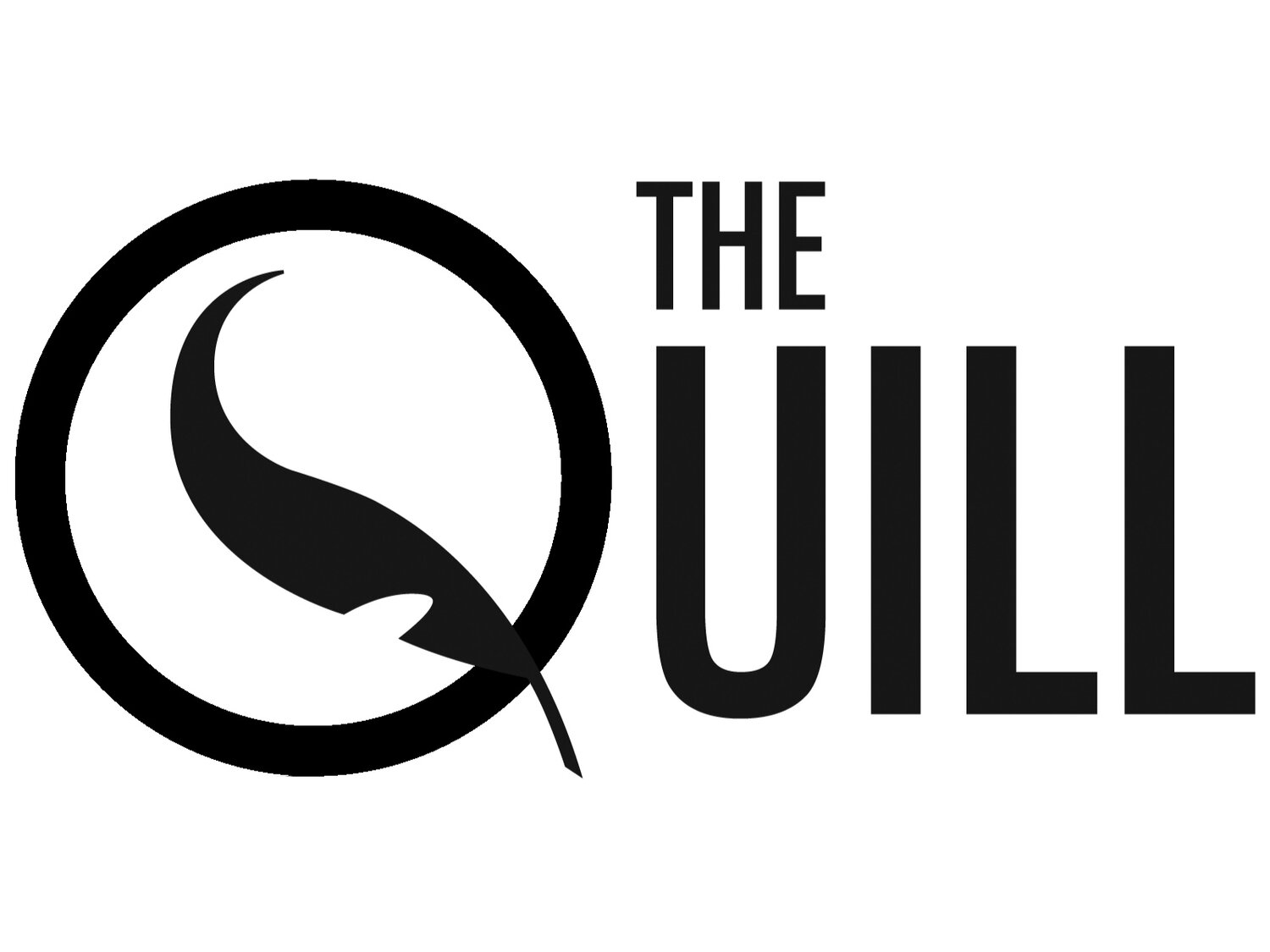(Credit: Public Domain Pictures)
As someone who’s been single for quite a while and has tried various methods of dating, I feel like I’m qualified to talk about one of the biggest banes of my existence: dating. However, we’re going to be very specific and talk about something that has never quite worked for me; that being online dating. Throughout my many years of exploring dating options I’ve gone through and watched just about every TED talk related to dating, and those relating to online dating as well. This is a very time consuming process, so I’m going to save you the necessity of doing the same and regale you with what I’ve learned from the various talks.
Two of my favourite talks for online dating come from Amy Webb and Hannah Fry. As both women are well-educated and highly logical, I like to think that they’re rather similar to myself (albeit in 5-10 years time) and that their advice would probably be of use to me.
Online dating sites match people together based on an algorithm. No matter which site/service you use, you will have to fill in either a few, or a lot, of questions pertaining to what exactly you’re looking for. Tinder has the hallmark for asking the least information in my experience, while OK Cupid asks quite a bit more. Each of your answers are then put into an algorithm which helps you choose people you’re interested in. Taking Bumble and Tinder for examples, you fill in the information of what age range and gender(s) you’re interested in, as well as how far away people should ideally be.
Now, why doesn’t this work? Theoretically if you answer all the questions right and fill in you’re “about me” section adequately you should have no problem finding someone that you’re compatible with. And therein lies the problem, as has been revealed to me by the illuminating TED talks: people are really bad at filling in the blanks correctly. For example, Webb’s first crack at online dating lead to her copy and pasting information from her resume into her profile (hint: this led to many dates with people she was not compatible with, so don’t do that).
So how did they make online dating work? Well Webb reverse-engineered a whole new algorithm. So she took the people that dating sites matched her up with, pitted them against a new set of data, and if they came out with a high enough compatibility score she would go on a date with them. Something else that Webb noted was that popular people on dating sites tend to use positive or aspirational language. By using this information to adapt her own profile, she was able to meet more people that she was compatible with.
While Fry hasn’t used online dating sites to my knowledge, she does give a list of tips for how you can succeed at love using math. Her tip relating to online dating is that being attractive doesn’t necessarily make you more popular. If people see you as too attractive they’ll be intimidated and then will try their luck with someone slightly less attractive, assuming that more people will be going after the people with supermodel level beauty. Moral of the story here? Don’t minimize your flaws in your pictures. If you’re a little overweight, don’t go crazy with cropping the photo; if you’re balding, don’t only post pictures of you wearing a hat. The people that are worth your time will still find you attractive.
So what can the average person do to win at online dating? Well, you’re going to need to understand a few math algorithms and know how correlations work. Or, if you’re like me and don’t fancy spending your free time on math problems, you’re going to need to be honest and positive about the image of yourself that you project both with images and language.

